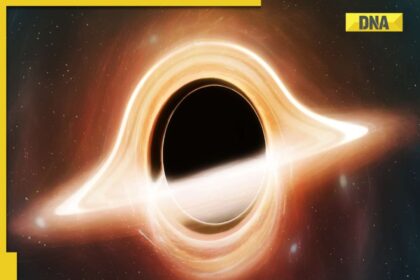A team of astronomers, led by Queen’s University Belfast, have unveiled new research promising the discovery of millions of new objects in the solar system by the upcoming NSF-DOE Vera C. Rubin Observatory. The new facility, under construction on the Cerro Pachon ridge in northern Chile, will be the world’s first with a unique three-mirror design capable of surveying the entire visible sky every few nights.
At its heart is the world’s largest digital camera, the 3.2 gigapixel Legacy Survey of Space and Time (LSST) Camera, covering a 9.6 square-degree field of view with six filters, roughly 45 times the area of the full moon. Together, this “wide-fast-deep” system will generate 20 terabytes of data every night.
Astronomers led by Queen’s University’s Meg Schwamb created Software sorcha, an innovative open-source tool to predict the discoveries that will be made by the Rubin Observatory. Sorcha, the first end-to-end simulator, ingest Rubin’s planned observing schedule and applies assumptions on how the telescope sees and detects astronomical sources in its images.
The Rubin Observatory, apart from the eight major planets, includes a vast population of small bodies that formed alongside the planets more than 4.5 billion years ago. These objects, numbering in the tens of millions, provide a powerful window into processes such as the delivery of water and organic material to Earth, the reshaping of planetary orbits by giant planets, and the ongoing risk posed by objects that approach our planet.
The series of papers describing the software and the predictions have been accepted for publication by The Astronomical Journal. Beyond the discovery of these new small bodies, the Rubin Observatory will observe them multiple times using different filters, revealing their surface colours.








